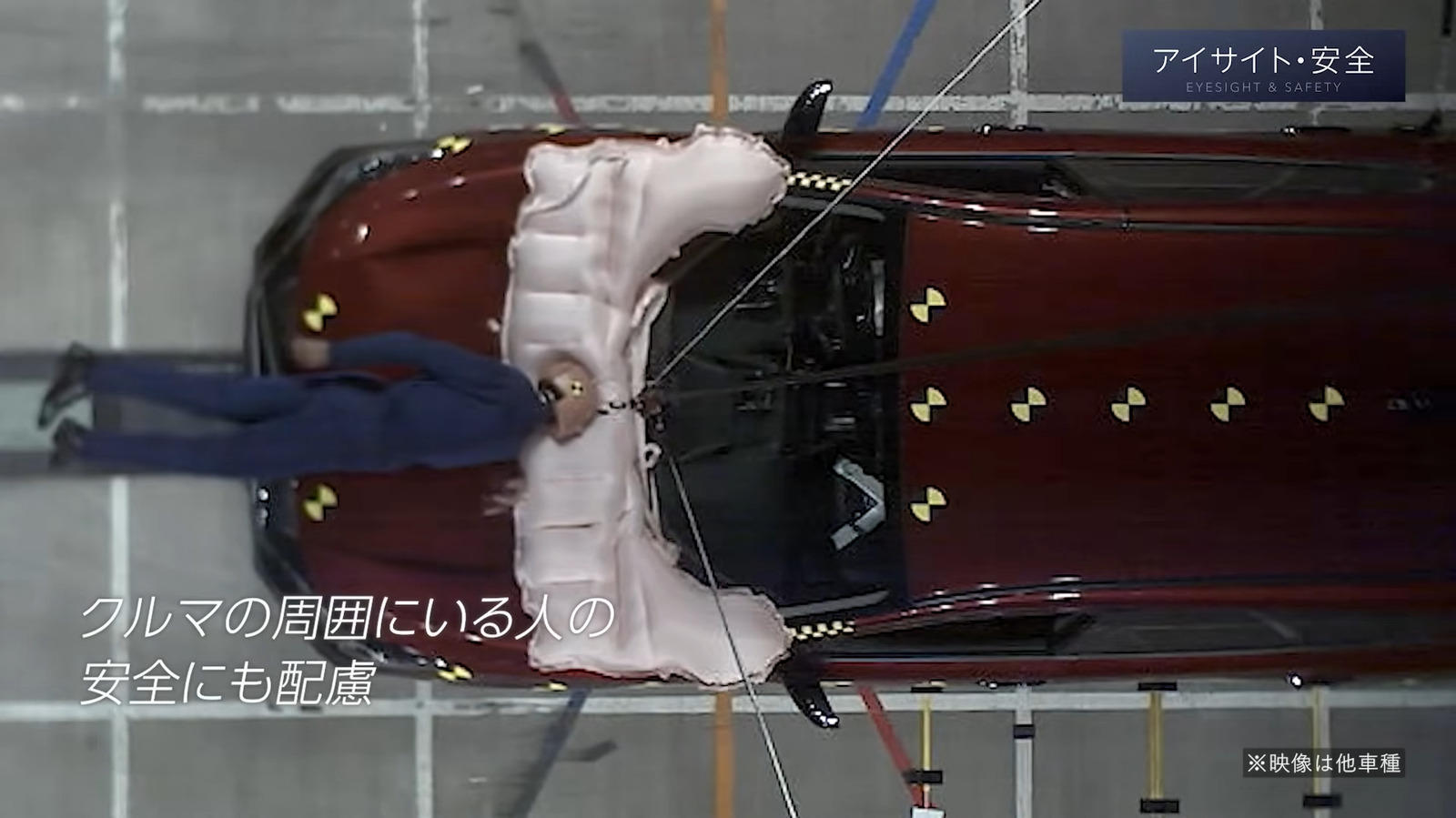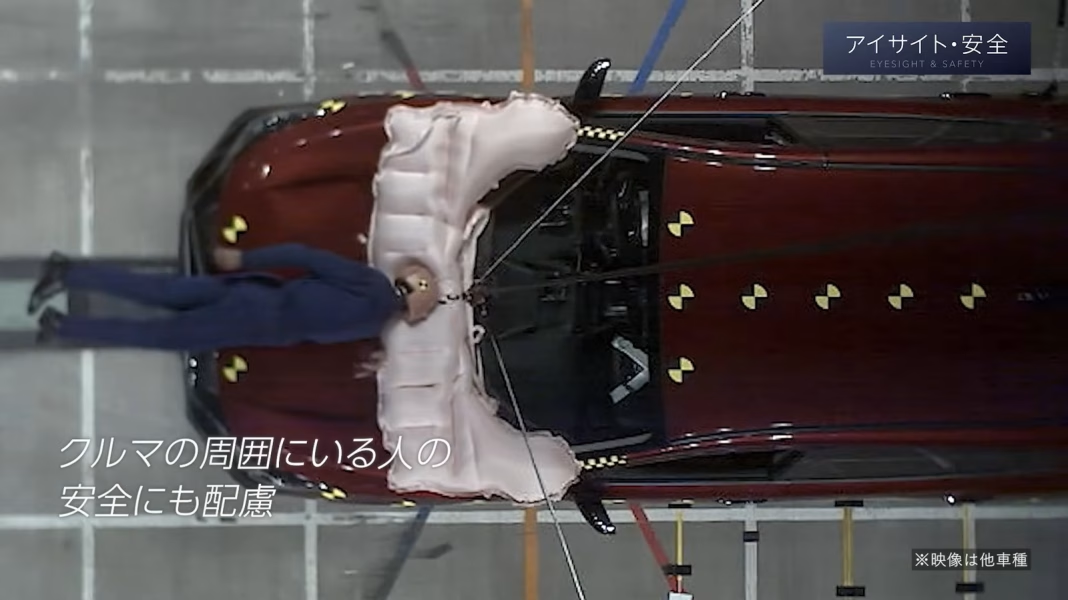The Rising Threat of Heavier Vehicles: A Closer Look at Road Safety
The automotive landscape is evolving, with vehicles increasingly resembling tanks rather than the sleek machines of the past. This shift toward larger, heavier vehicles has significant implications for road safety, particularly for vulnerable road users such as pedestrians and cyclists. Understanding the dangers posed by these behemoths and exploring potential solutions is crucial for fostering safer streets for everyone.
The Impact of Vehicle Weight on Road Safety
Recent studies have shown a troubling correlation between the rise in vehicle weight and the increase in pedestrian fatalities. According to the Insurance Institute for Highway Safety (IIHS), the average weight of new vehicles has surged over the past few decades, with many SUVs and trucks now weighing over 5,000 pounds. This increase in mass means that when a collision occurs, the consequences can be devastating for those not encased in metal and glass.
A report from the National Highway Traffic Safety Administration (NHTSA) highlights that pedestrians are 1.5 times more likely to be killed in a collision with an SUV compared to a standard passenger car. This stark statistic underscores the urgent need for a reevaluation of vehicle design and safety standards, particularly as cities continue to grow and more people take to the streets on foot or on bicycles.
The Dangers of Blind Spots and Visibility Issues
Heavier vehicles also come with increased blind spots, which pose additional risks to pedestrians and cyclists. The elevated driving position of many SUVs and trucks can obscure the view of smaller road users, making it difficult for drivers to detect their presence. A study conducted by the University of Michigan Transportation Research Institute found that larger vehicles have a higher likelihood of being involved in accidents with pedestrians, primarily due to visibility issues.
To combat this problem, some manufacturers are beginning to implement advanced driver-assistance systems (ADAS) that include features like pedestrian detection and automatic emergency braking. While these technologies show promise in reducing accidents, they are not yet standard across all vehicles, leaving many drivers without these essential safety tools.
Innovative Solutions for Safer Streets
As the automotive industry grapples with the implications of heavier vehicles, innovative solutions are emerging to enhance safety for all road users. One notable example is Subaru’s recent initiative to incorporate additional safety features aimed at protecting cyclists. This includes enhanced visibility measures and collision avoidance systems designed specifically for urban environments where cyclists are most vulnerable.
Cities are also taking proactive steps to address the dangers posed by larger vehicles. Urban planners are increasingly focusing on creating safer road designs that prioritize pedestrian and cyclist safety. This includes implementing protected bike lanes, wider sidewalks, and improved crosswalks, all of which can help mitigate the risks associated with heavier vehicles.
The Role of Public Awareness and Education
Beyond technological advancements and urban planning, public awareness and education play a vital role in improving road safety. Campaigns aimed at educating drivers about the dangers of larger vehicles and the importance of sharing the road with vulnerable users can foster a culture of respect and caution. For instance, initiatives that encourage drivers to be more vigilant at intersections and in residential areas can significantly reduce the likelihood of accidents.
Moreover, educating pedestrians and cyclists about their rights and responsibilities on the road can empower them to navigate traffic more safely. This dual approach—targeting both drivers and vulnerable road users—can create a more harmonious coexistence on our streets.
The Path Forward: A Collective Responsibility
As vehicles continue to grow in size and weight, addressing the safety concerns they pose requires a collective effort from manufacturers, urban planners, policymakers, and the public. By prioritizing safety features in vehicle design, advocating for better urban infrastructure, and fostering a culture of awareness and respect on the roads, we can work towards a future where all road users feel safe and protected.
The challenge is significant, but the potential for positive change is within our reach. With concerted efforts and innovative solutions, we can pave the way for safer streets, ensuring that pedestrians, cyclists, and drivers alike can navigate our roads with confidence.


